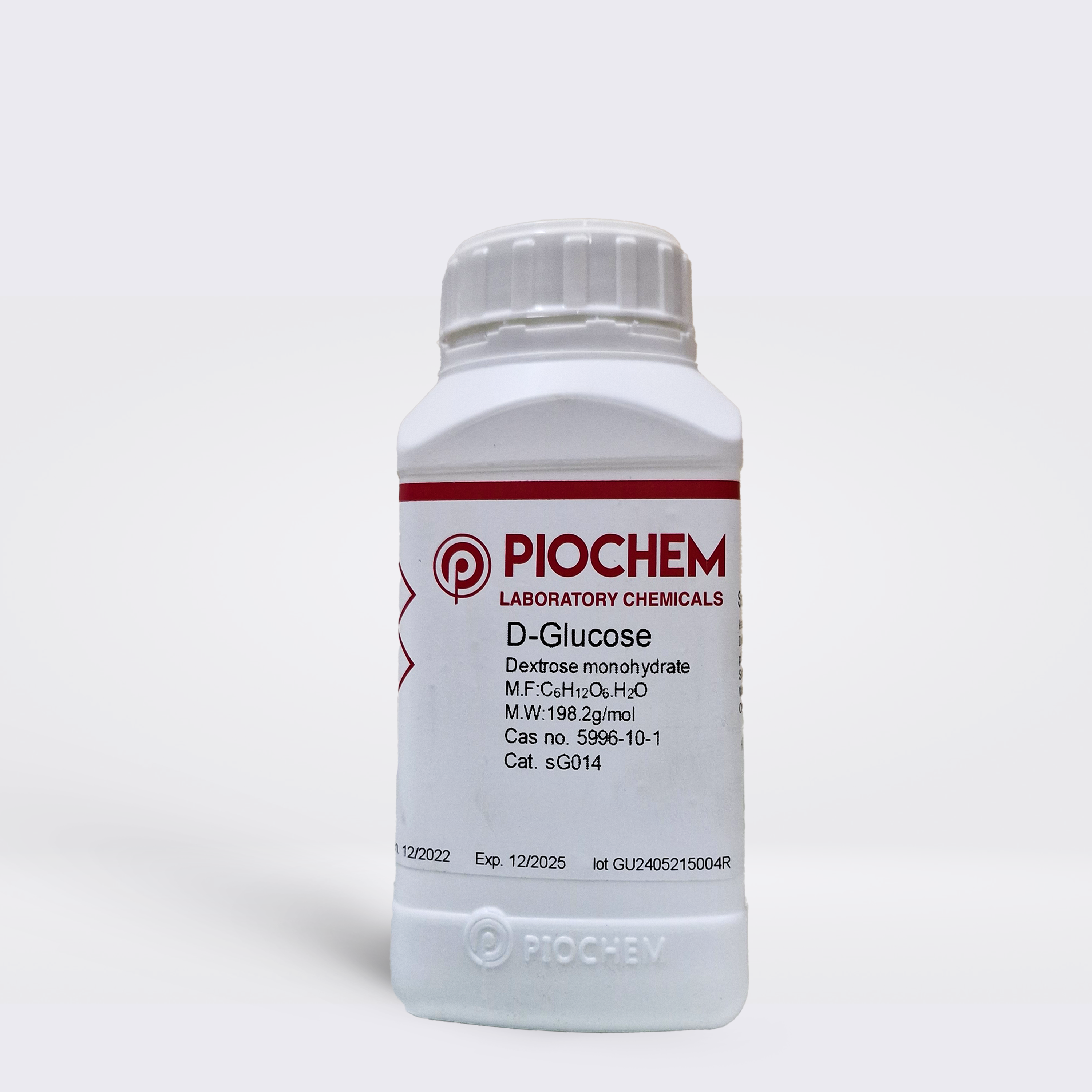D-glucose, also known as dextrose, is a simple sugar (monosaccharide) with the molecular formula C6H12O6. It is the most common naturally occurring sugar and is a major source of energy for living organisms. D-glucose is a white, odorless, crystalline solid that is soluble in water. It has a sweet taste and is often used as a sweetener in food and beverages.
D-glucose is a chiral molecule, which means that it has two non-superimposable mirror images. The naturally occurring form of D-glucose is the dextrorotatory isomer, which means that it rotates the plane of polarized light to the right. The levorotatory isomer, which rotates the plane of polarized light to the left, is not found in nature.
D-glucose exists in two main forms: the open-chain form and the cyclic form. The open-chain form is unstable and exists only in solution for a very short time. The cyclic form is more stable and is the form that D-glucose exists in in most biological systems.
D-glucose is an important molecule in many biological processes. It is the main source of energy for cells, and it is also used to synthesize other carbohydrates, such as starch and cellulose. D-glucose is also involved in a variety of metabolic pathways, such as glycolysis and the Krebs cycle.
In humans, D-glucose is absorbed from the small intestine into the bloodstream. The blood glucose level is regulated by the hormone insulin, which is produced by the pancreas. Insulin helps to move glucose into cells, where it can be used for energy or stored as glycogen.
Low blood sugar (hypoglycemia) can occur when the blood glucose level drops below normal. This can happen if a person does not eat enough food, if they exercise too much, or if they have a medical condition such as diabetes. High blood sugar (hyperglycemia) can occur when the blood glucose level rises above normal. This can happen if a person has diabetes, if they are taking certain medications, or if they have an infection.
D-glucose is an important molecule that plays a vital role in many biological processes. It is a major source of energy for living organisms, and it is also involved in a variety of metabolic pathways.





Reviews
There are no reviews yet.